
Correlational research design is a widely used research method that helps identify relationships between two or more variables without manipulating them. It plays a vital role in understanding patterns, predicting trends, and guiding decision-making across education, psychology, business, healthcare, and many other fields.
However, conducting high-quality correlational research requires a structured approach, careful variable definition, and robust data analysis. In the age of big data and advanced analytics, AI tools like Eureka AI Agent offer new possibilities to enhance every stage of the correlational research design process.
This guide explains what correlational research design is, its methods, types, real-world examples, best practices, and how Eureka AI Agent helps researchers design better, faster, and smarter correlational studies.
What is Correlational Research Design?
Correlational research design is a non-experimental research method used to measure and analyze the strength and direction of relationships between variables. It does not involve changing or manipulating variables but instead observes and analyzes them as they naturally exist.
The primary purpose of correlational research is to determine:
- Whether a relationship exists
- The direction of the relationship (positive, negative, or none)
- The strength of the relationship
While correlational research cannot prove causation, it provides valuable insights for making predictions, identifying patterns, and guiding further research.
Types of Correlational Relationships
Positive Correlation
Positive correlation refers to a relationship between two variables in which both variables tend to increase or decrease together. This means that as one variable goes up, the other variable also tends to go up, and as one variable goes down, the other variable also tends to go down. Positive correlation is often measured using a correlation coefficient, which can range from -1 to 1. A correlation coefficient of 1 indicates a perfect positive correlation, while a correlation coefficient close to 0 indicates a weak or no correlation. Positive correlation is commonly used in various fields such as finance, biology, and social sciences to analyze the relationship between different variables and make predictions or draw conclusions.
Example: The more hours students study, the higher their exam scores.
Negative Correlation
Negative correlation, also known as inverse correlation, refers to a relationship between two variables in which one variable increases as the other decreases, and vice versa. This means that as one variable rises, the other falls, and when one variable falls, the other rises. The degree of negative correlation is quantified by the correlation coefficient, which ranges from -1 to 1. A perfect negative correlation is represented by the value -1, indicating that the relationship between the two variables is exactly opposite all of the time.
Example: As daily screen time increases, the quality of sleep decreases.
Zero Correlation
Zero correlation refers to a situation where there is no linear relationship between two variables. This means that as one variable changes, the other variable does not show a consistent pattern of increase or decrease. In statistical terms, zero correlation is often indicated by a correlation coefficient (r) of 0.
Example: The number of books read per year and favorite pizza topping choice.
Methods of Conducting Correlational Research
Correlational research can be carried out using several data collection techniques:
- Naturalistic Observation
- Surveys and Questionnaires
- Secondary or Archival Data Analysis
- Big Data Analysis
Each method allows researchers to gather information about variables in their natural environment without interference.
Real-World Examples of Correlational Research
- Analyzing the relationship between stress levels and health outcomes in adults.
- Studying the link between customer satisfaction and repeat purchases.
- Exploring the association between exercise frequency and mental well-being.
- Measuring the connection between social media usage and academic performance.
Advantages of Correlational Research Design
- Allows study of real-world variables in natural settings.
- Provides insights for predicting behaviors and trends.
- Suitable for large-scale data analysis.
- Cost-effective and efficient compared to experimental research.
- Ethical approach for sensitive variables.
Limitations of Correlational Research Design
- Cannot determine cause-and-effect relationships.
- Possible presence of confounding variables.
- Difficulty in identifying directionality between variables.
- Risk of overinterpreting relationships.
Best Practices for Conducting Correlational Research Design
To ensure a high-quality correlational research project, researchers need to follow structured best practices. Integrating Eureka AI Agent at every step helps overcome typical challenges and maximize research accuracy and efficiency.
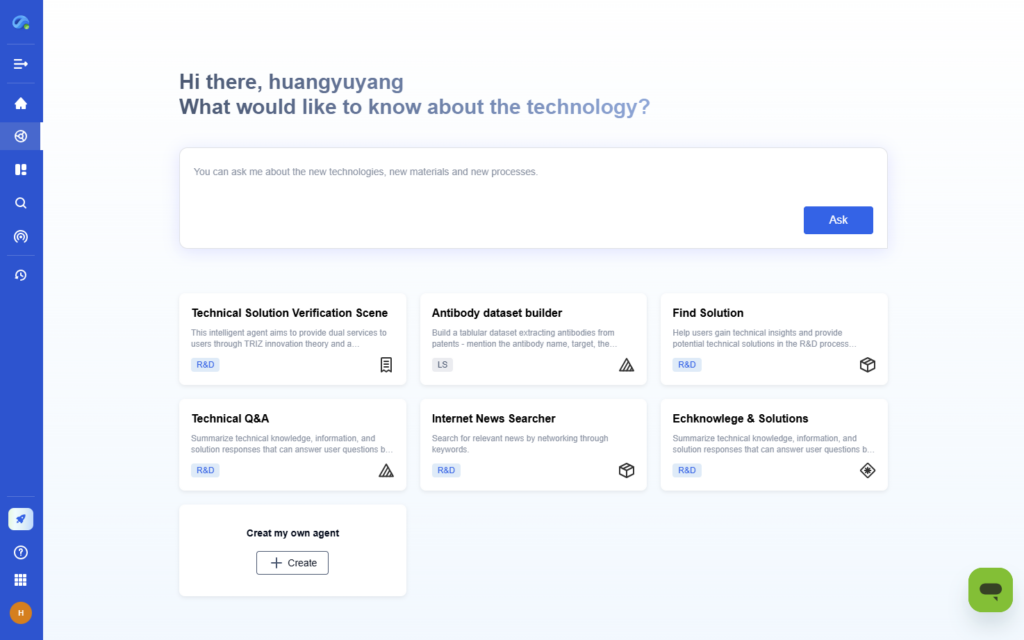
1. Define Variables Clearly and Accurately
Define variables clearly and accurately is the first and most critical step in correlational research design. It ensures that every variable you study is specific, measurable, and directly aligned with your research objective. Clear variables help avoid confusion, guide data collection, and ensure reliable analysis, making your research focused and results more meaningful.
How Eureka AI Agent Helps:
- Breaks down complex research questions
- Suggests measurable variable definitions based on global research practices
- Provides templates for structuring variable relationships
2. Ensure Large Enough Sample Size for Generalizability
Ensure large enough sample size for generalizability is essential to make your research findings reliable and applicable to a broader population. A larger sample reduces errors, increases accuracy, and provides stronger evidence of the relationships between variables in correlational research.
How Eureka AI Agent Helps:
- Recommends sample sizes using data-driven patterns
- Offers sampling strategy suggestions tailored to your research scope
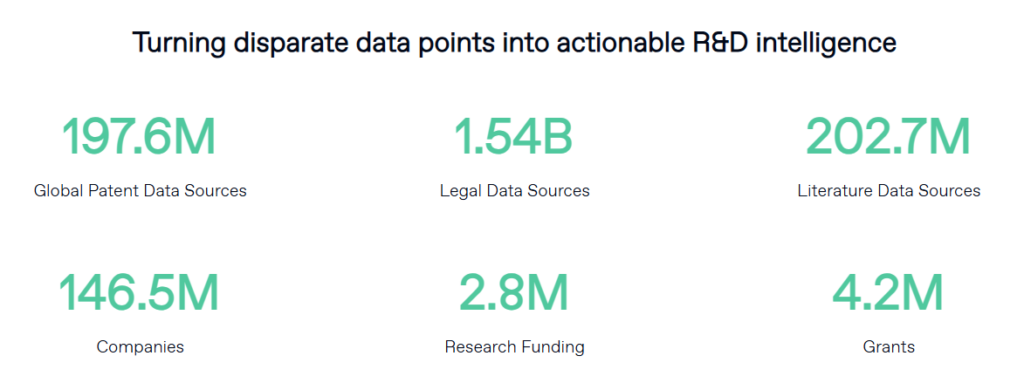
3. Use Reliable and Valid Measurement Tools
Use reliable and valid measurement tools is crucial to collect accurate data that truly represents your research variables. Reliable tools ensure consistency, while valid tools guarantee that you are measuring exactly what you intend to study, leading to credible and trustworthy research results.
How Eureka AI Agent Helps:
- Provides ready-to-use validated surveys, questionnaires, or experimental setups from global databases
- Suggests industry-standard measurement tools for different research topics
4. Control for Confounding Variables
Control for confounding variables is vital to ensure the accuracy of your correlational research. Confounding variables are hidden factors that can distort the true relationship between your main variables. Identifying and controlling them helps prevent misleading results and strengthens the validity of your research findings.
How Eureka AI Agent Helps:
- Detects possible confounding factors based on similar studies
- Suggests methods to control or account for third variables in data analysis
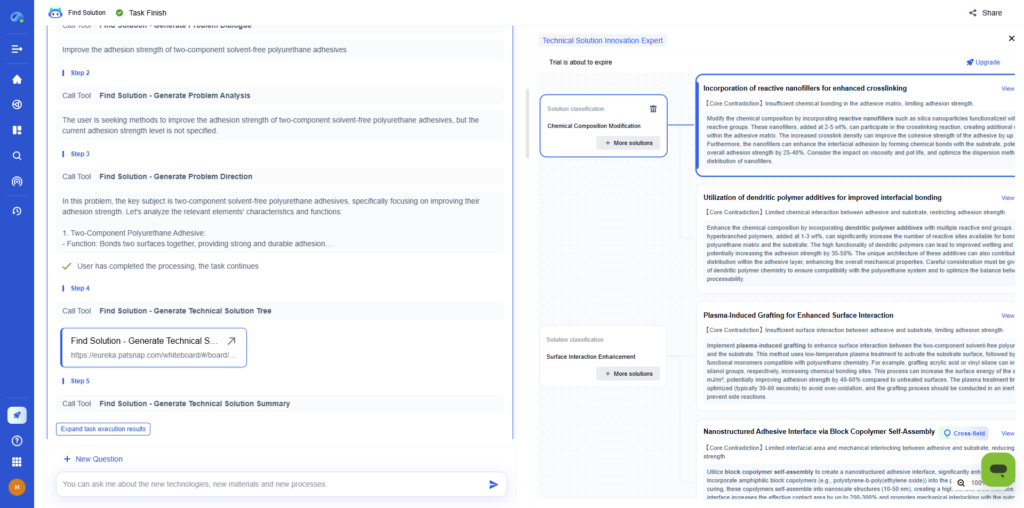
5. Apply Suitable Statistical Analysis Methods
Apply suitable statistical analysis methods is essential to accurately examine the relationship between variables in correlational research. Choosing the right analysis technique, such as Pearson’s correlation or Spearman’s rank correlation, ensures your results are valid, reliable, and properly reflect the patterns within your data.
How Eureka AI Agent Helps:
- Automatically recommends suitable statistical methods such as Pearson’s r or Spearman’s rank correlation
- Performs initial statistical analysis to save researcher time
6. Interpret Results Cautiously Without Assuming Causality
Interpret results cautiously without assuming causality is a key principle in correlational research. While correlations show relationships between variables, they do not prove one causes the other. Careful interpretation helps avoid false conclusions and ensures your research findings remain accurate, objective, and trustworthy.
How Eureka AI Agent Helps:
- Provides automated insight warnings for possible alternative explanations
- Generates scenario-based reporting to guide careful interpretation
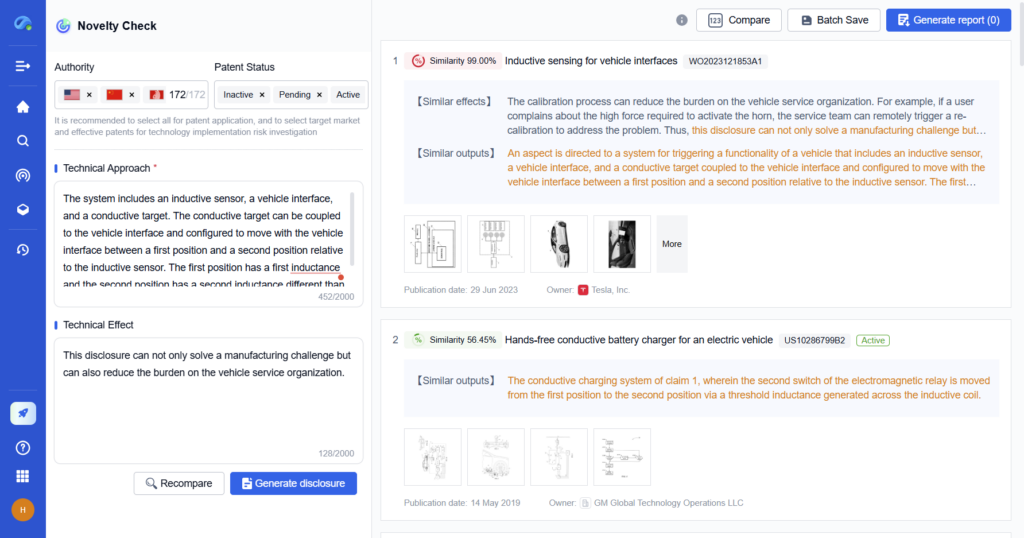
7. Present Results with Clear Data Visualization
Present results with clear data visualization helps make complex correlations easy to understand and communicate. Using charts, graphs, and visual tools allows readers to quickly grasp patterns, relationships, and key findings, making your research more engaging, transparent, and impactful.
How Eureka AI Agent Helps:
- Generates dynamic correlation matrices
- Provides interactive visual tools like solution trees and variable relationship maps
- Creates exportable charts for presentations or publications
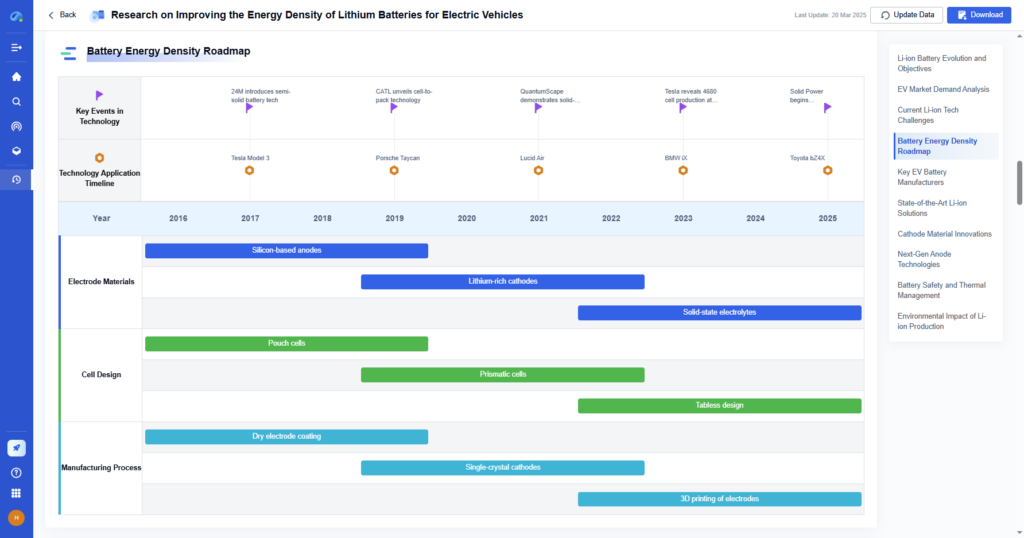
8. Automate Research Reporting for Faster Output
Automate research reporting for faster output helps streamline the process of organizing and presenting research findings. It saves valuable time by generating structured reports, summarizing key correlations, and visualizing data automatically, allowing researchers to focus more on insights and decision-making rather than manual documentation.
How Eureka AI Agent Helps:
- Generates comprehensive research reports summarizing:
- Key relationships
- Statistical outcomes
- Visual data insights
- Limitations and recommendations
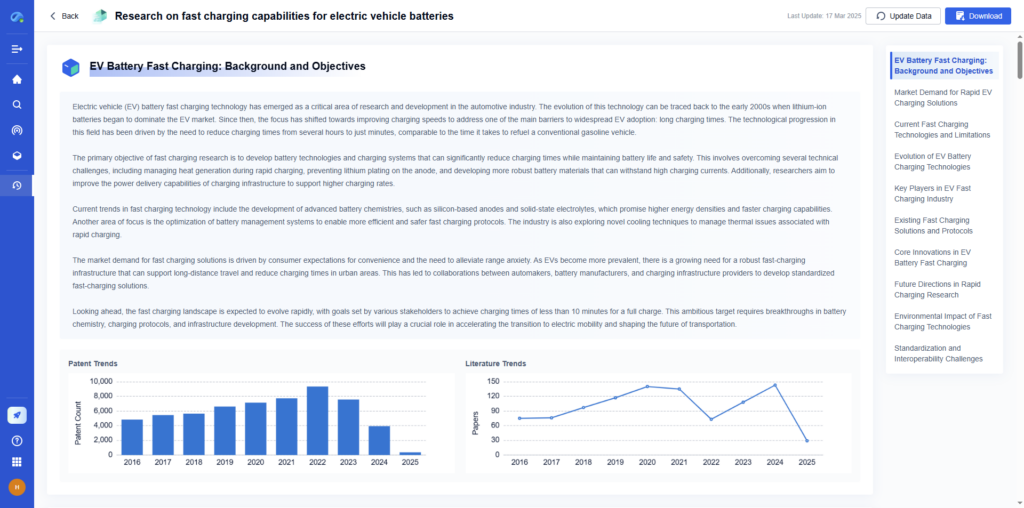
How Eureka AI Agent Transforms Correlational Research Design: A Summary
| Best Practice | Eureka AI Agent Capability | Research Benefit |
|---|---|---|
| Define Variables | Problem Structuring Engine | Clarity and measurability of research variables |
| Ensure Sample Size | Data-Driven Sampling Strategy | Increased reliability of findings |
| Use Measurement Tools | Global Knowledge Integration | High-quality, validated data collection |
| Control Confounding Variables | AI-Powered Data Validation | Reduced risk of biased results |
| Statistical Analysis | AI Analysis Engine | Faster, accurate correlation calculation |
| Interpret Results | Insight & Scenario Reporting | Avoids incorrect causal claims |
| Visualize Results | Dynamic Visualization Tools | Easy-to-understand findings |
| Automate Reporting | Smart Report Generator | Saves time and ensures standardization |
Final Thoughts
Correlational research design remains one of the most valuable methods in modern research for exploring relationships between variables. However, the effectiveness of correlational studies depends on the precision of their design, the accuracy of their data, and the clarity of their results.
By combining traditional best practices with the advanced capabilities of Eureka AI Agent, researchers can enhance every stage of their correlational research. From defining variables to analyzing large datasets, controlling confounding factors, and generating automated reports, Eureka empowers researchers to work smarter, faster, and more efficiently.
In a data-driven world, the future of high-quality research lies in integrating human expertise with AI-powered tools — and correlational research design is no exception.
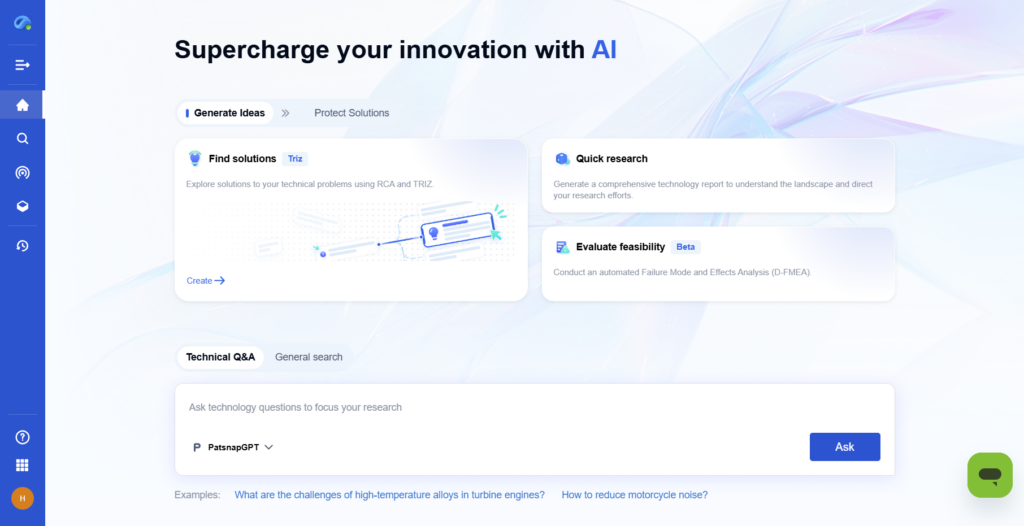
To get detailed scientific explanations of Correlational Research Design, try Patsnap Eureka.


